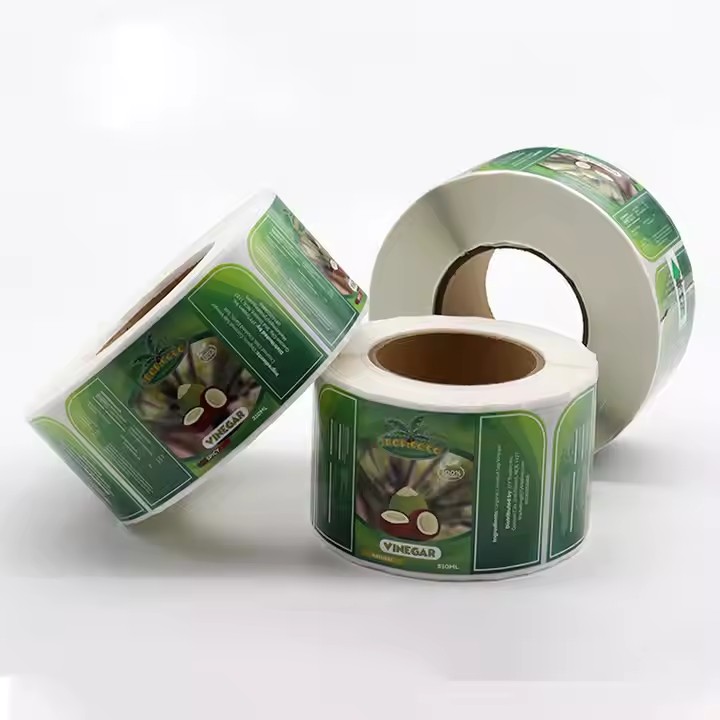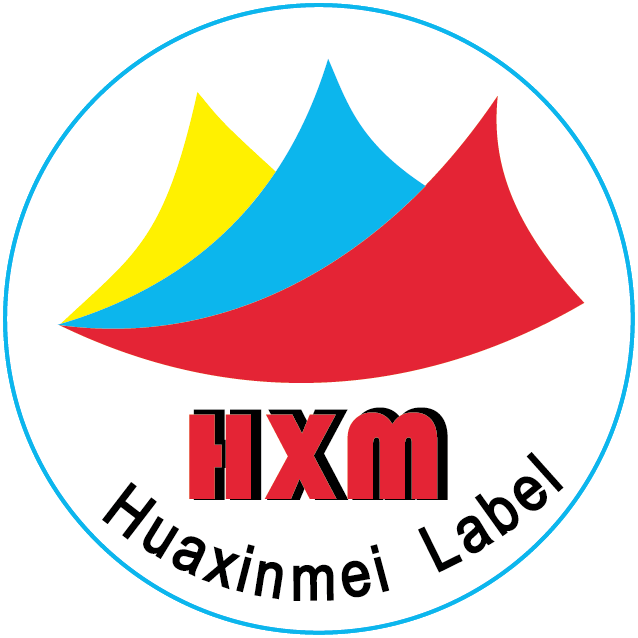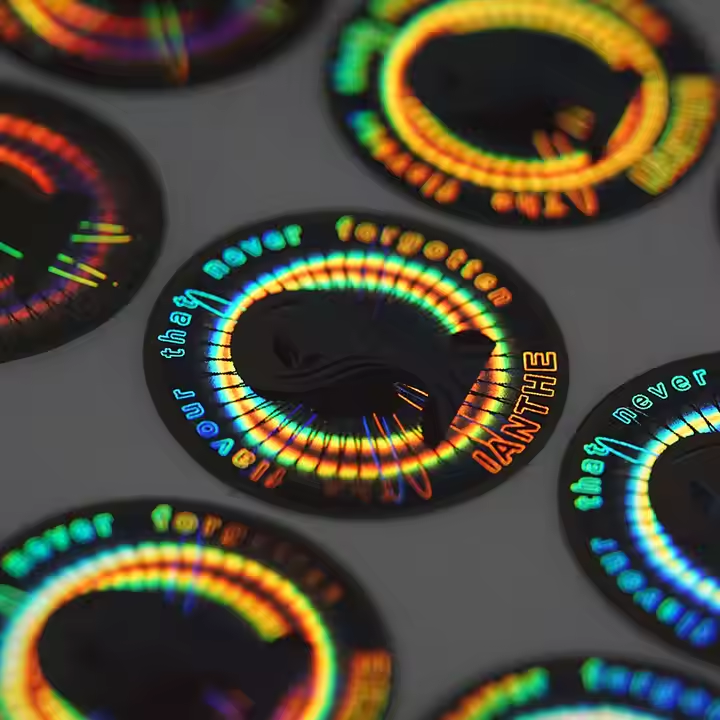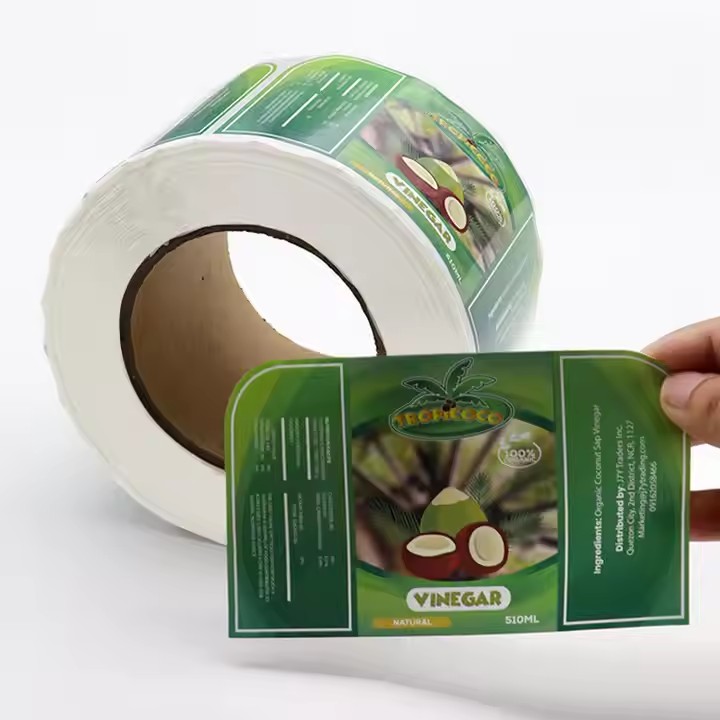
Design Phase
To optimize costs, it is essential to start with the initial design. By creating standardized design elements and unified design samples, manufacturers can save on the workload of design staff and reduce raw material costs. Manufacturers can establish a set of standard label templates, specifying fixed elements such as the company logo, contact information, and the format and style of basic product information. For the custom requirements of wholesalers, modifications can be made only in the variable areas, which reduces the design workload. For example, a food manufacturer that offers cookies in various flavors can have a fixed format for the company logo at the top and a nutritional information chart at the bottom, while customizing the flavor names (e.g., chocolate, vanilla) in the middle based on the wholesaler’s needs. This approach leverages existing design frameworks to lower design costs. Utilizing standard templates and labels from the food industry can reduce design time and enhance work efficiency. This allows design staff more time to complete other commercial designs, improving overall company profitability.
Cost savings in label production can also be achieved through a minimalist design philosophy, advocating for simple label designs. Complex designs often require more design time, specialized printing processes, and materials. If labels can convey necessary information—such as product name, primary functions, usage instructions, and safety warnings—in a clear and straightforward manner, this can not only reduce design costs but also enhance label readability. For instance, labels for certain industrial components only need to include essential information such as part numbers, specifications, and compatible machine models, avoiding excessive decorative patterns and colors, thus reducing design and printing costs. Simple label elements are easier for consumers to remember. A famous example is Nike, whose simple swoosh design is easily recognizable, contributing significantly to its vast commercial success.
Typically, label packaging customization is produced in large batches, making bulk design more cost-effective. If a wholesaler has multiple products requiring custom labels, manufacturers can offer package deals for bulk design. By treating these product label designs as a single project and utilizing the relevance and similarity of design elements, the overall design workload can be reduced. For example, if a wholesaler operates a series of household cleaning products, the manufacturer can design a unified label style for this series, distinguishing only in product name and specific effects. This bulk design approach lowers the design cost per label. Everything can be negotiated to facilitate business cooperation, and through commercial interaction, seemingly impossible orders can be completed. As illustrated in the above example, designing a set of combinable packages can reduce costs, achieving mutual benefits for both parties.

Material Selection
Choosing the right materials is crucial for the external packaging of products. Understanding the product’s characteristics allows for matching its packaging appropriately. The quality of the chosen label materials directly affects the success of the product. It is important to select label materials based on the product’s actual usage environment and requirements. Not all products need high-quality, high-cost materials. For instance, disposable paper products intended for short-term use in dry environments can use regular paper labels without the need for waterproof or durable materials. By accurately assessing the label material requirements, over-purchasing expensive materials can be avoided, thereby reducing label costs.
For long-term use products like high-end cosmetics, the label packaging should be designed to be more upscale, simple, and elegant to align with the premium positioning of the product. Moreover, since cosmetics are used over extended periods, the labels must use strong adhesives to prevent peeling during use. If a label falls off, it negatively impacts the consumer experience, potentially leading to decreased repurchase rates. To avoid such issues, it’s advisable to use adhesive labels that are waterproof.
In the initial stages of material procurement, attention should be paid to economies of scale. Increasing procurement volume can significantly reduce production costs. Manufacturers can consolidate their needs with those of wholesalers to conduct large-scale material purchases. When procurement reaches a certain scale, suppliers often offer discounts. For example, signing long-term contracts with paper suppliers to guarantee annual purchase volumes can yield better prices for paper. Furthermore, sharing these discounts with wholesalers helps lower their custom label costs while ensuring the manufacturer maintains a profit.
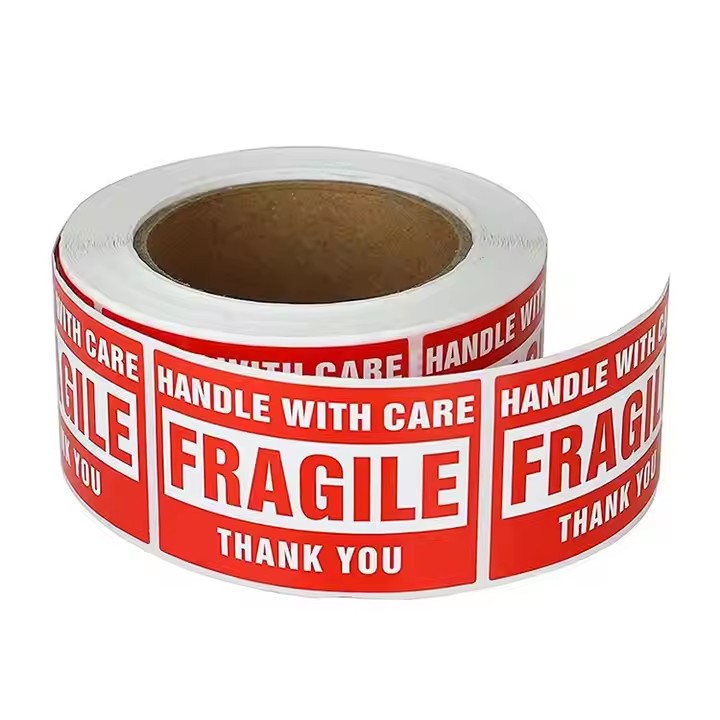
Printing Process
When weighing digital printing against traditional printing, digital printing might be the more economical choice for small batch custom label orders. Digital printing is faster in terms of both technology and production speed compared to traditional methods and does not require extensive manual labor, resulting in substantial cost savings. Although the per-label printing cost may be higher for digital printing, the overall cost tends to be lower in small batches. Conversely, for large batch custom labels, traditional printing methods may offer greater cost advantages, as unit costs drop significantly during large-scale production. Manufacturers need to choose the appropriate printing method based on the wholesaler’s order quantity.
Optimizing printing process parameters can help reduce costs. Manufacturers can adjust ink usage to avoid waste and optimize color modes, reducing the number of colors used without compromising label quality or information clarity. Additionally, improving printing equipment efficiency and minimizing downtime and defect rates contribute to lowering per-label printing costs.
Local resource utilization is also vital for managing production costs. Manufacturers should leverage local printing resources to minimize transportation costs. Local printing companies may offer advantages such as lower shipping costs and easier communication. If manufacturers lack their own printing equipment or have insufficient capacity, collaborating with local printers allows for better control over printing costs and quicker responses in case of quality issues or urgent reprints, thus reducing potential costs arising from delays.
